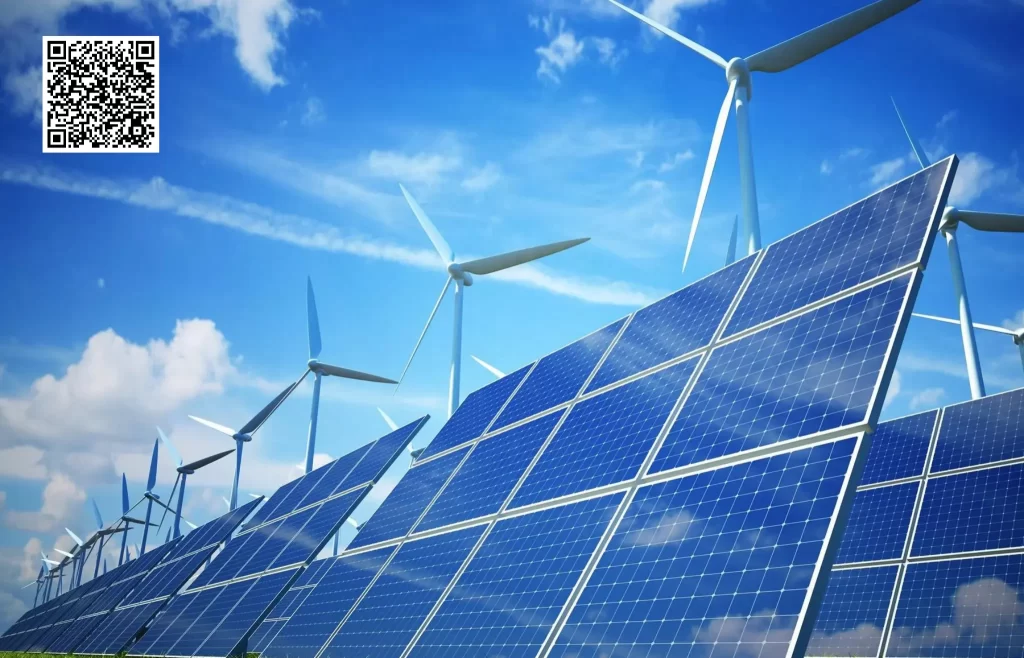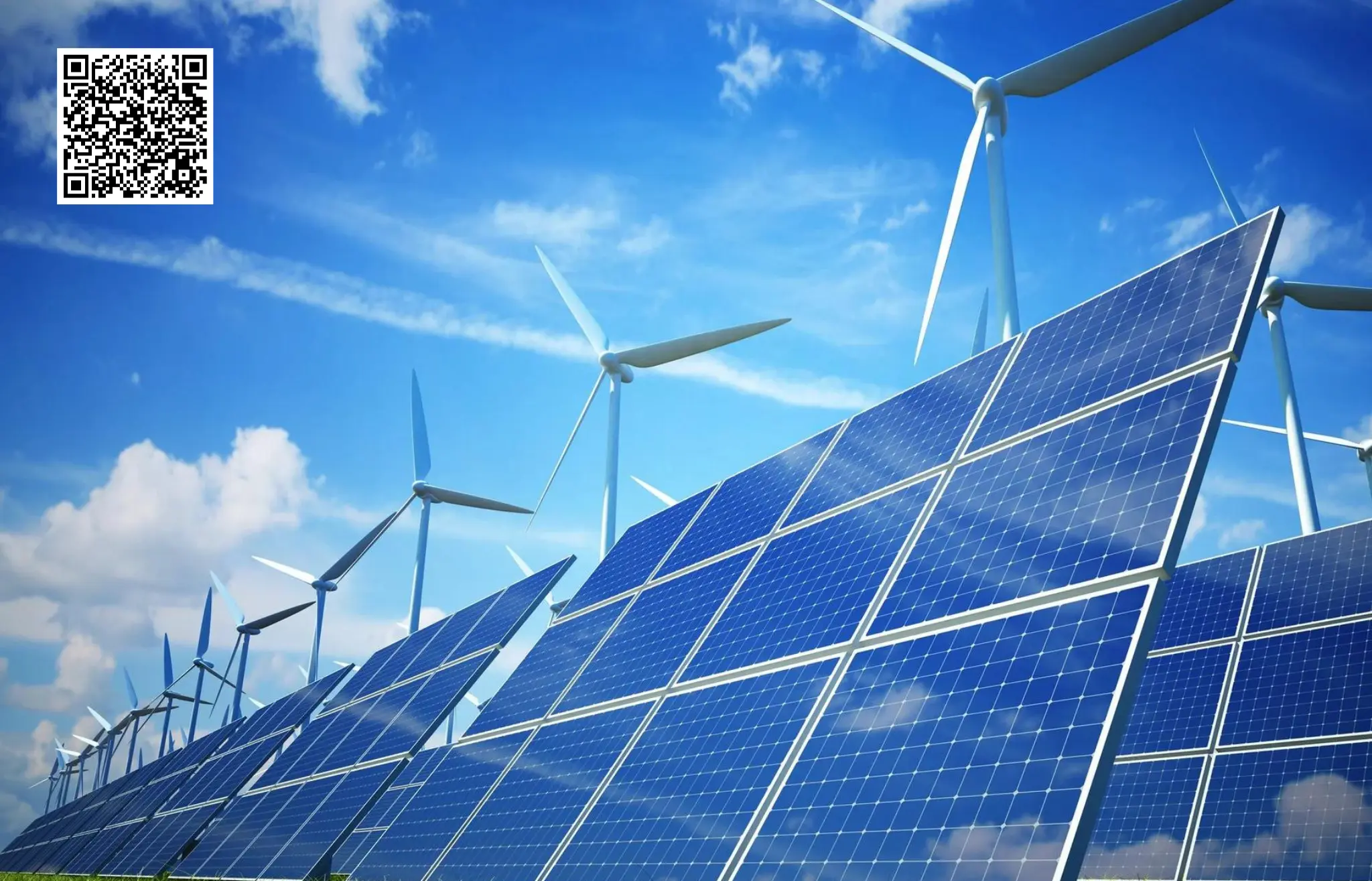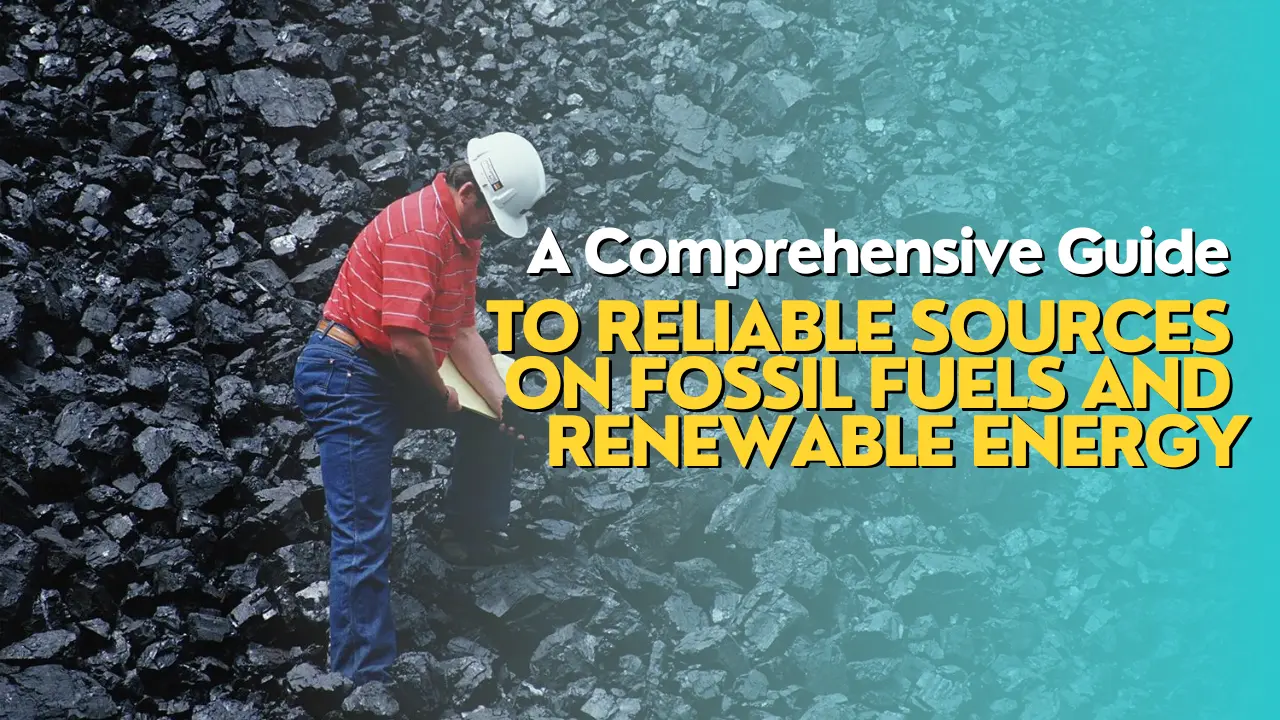
Introduction
In an era where the world is grappling with the dual challenges of climate change and the need for sustainable energy sources, solar energy stands out as a beacon of hope. Solar power is not just a buzzword; it’s a transformative technology that has the potential to reshape our energy landscape for the better. This blog explores the fascinating world of solar energy, its benefits, and its role in building a sustainable future.
“EMPOWERING STRATEGIES FOR ECOLOGICAL BALANCE”
The Basics of Solar Energy
At its core, solar energy is derived from the sun’s radiant energy. This energy is harnessed through photovoltaic (PV) cells, commonly known as solar panels. When sunlight strikes these cells, it excites electrons, generating an electric current. This clean and renewable source of energy can be used in a variety of ways, from powering homes to fueling industries and even propelling spacecraft.
Key Advantages of Solar Energy
- Renewable and Abundant: Solar energy is a renewable resource, meaning it is inexhaustible as long as the sun shines. The sun provides an abundant and virtually limitless source of energy, making it a dependable long-term solution.
- Environmentally Friendly: Solar power generation produces no greenhouse gas emissions, air pollutants, or water pollution. It has a significantly lower environmental impact compared to fossil fuels, contributing to cleaner air and water quality and helping combat climate change.
- Reduced Electricity Bills: Solar panels can generate electricity for your home or business, reducing your reliance on grid power. This can lead to substantial savings on electricity bills, especially over the long term. In some cases, excess energy can be sold back to the grid, further offsetting costs.
- Energy Independence: Solar energy allows individuals, communities, and nations to become less dependent on imported fossil fuels. This enhances energy security, reduces vulnerability to energy price fluctuations, and decreases reliance on geopolitically unstable regions for energy supply.
- Low Operating Costs: Once installed, solar panels require minimal maintenance and have a long lifespan, often exceeding 25 years. This results in relatively low operating and maintenance costs.
- Job Creation: The solar industry has become a significant source of employment. It creates jobs in manufacturing, research and development, installation, maintenance, and related fields, helping stimulate local economies.
- Grid Stability: Distributed solar installations, such as residential rooftop solar panels, can improve grid stability by reducing the strain during peak demand periods and decreasing transmission and distribution losses.
- Scalability: Solar power systems can be easily scaled to meet varying energy needs, from small residential installations to large utility-scale solar farms. This scalability makes it adaptable to different applications and geographic locations.
- Technological Advancements: Ongoing research and development are driving advancements in solar technology, making it more efficient and cost-effective. Innovations in materials, design, and energy storage are expanding the potential of solar energy.
- Remote Power Generation: Solar energy can be harnessed in remote or off-grid areas, providing access to electricity where traditional power infrastructure is unavailable or cost-prohibitive. This is crucial for rural electrification and disaster recovery efforts.
- Energy during Peak Demand: Solar energy often aligns with peak electricity demand, as solar panels generate the most power during sunny daylight hours. This can help alleviate stress on the grid during periods of high demand.
- Reduced Transmission Losses: Generating electricity close to the point of use reduces transmission and distribution losses, as power doesn’t have to travel long distances from power plants to end-users.
- Energy Diversity: Incorporating solar energy into the energy mix diversifies the sources of power generation, reducing reliance on a single energy source and increasing energy system resilience.
In summary, solar energy offers a wide array of advantages, from its environmental benefits and cost savings to its potential for job creation and energy security. As technology continues to improve and costs decrease, solar energy is becoming an increasingly important and accessible part of the global energy landscape, contributing to a more sustainable and cleaner future.

Challenges and Solutions
The Green Gold: Exploring the Wonders of Avocado
While solar energy has many advantages, it also has some disadvantages and challenges that need to be considered when evaluating its suitability for various applications. Here are some of the disadvantages of solar energy:
- Intermittency and Variability: Solar energy production is dependent on sunlight, which is inconsistent due to weather conditions, time of day, and season. This intermittency and variability require energy storage solutions (e.g., batteries) or backup power sources to ensure a constant electricity supply.
- High Initial Costs: The upfront cost of purchasing and installing solar panels, along with associated equipment like inverters and batteries, can be significant. While costs have been decreasing over the years, the initial investment can still be a barrier for some individuals and businesses.
- Space Requirements: Large-scale solar installations, such as solar farms, require substantial land or space. This can be a challenge in densely populated areas where land is limited or expensive. Rooftop solar panels can mitigate this issue to some extent but may not provide enough power for all applications.
- Energy Storage Challenges: Storing excess energy generated during the day for use at night or during cloudy periods can be costly and may require regular maintenance. Battery technology is improving, but it still faces limitations in terms of energy density, lifespan, and environmental impact.
- Aesthetic Concerns: Some people find solar panels unattractive when installed on rooftops or in visible locations. This can lead to resistance or restrictions in some neighbourhoods or historic areas.
- Energy Payback Time: The environmental benefits of solar panels take time to offset the energy and emissions associated with their manufacturing and installation. This is known as the energy payback time, and it can vary depending on factors such as location, panel efficiency, and the energy mix used in panel production.
- Resource Intensive Manufacturing: The production of solar panels and related components requires the extraction and processing of raw materials, some of which are non-renewable. This raises concerns about the environmental impact of manufacturing, including the use of rare earth elements.
- Geographic Limitations: Solar energy generation is most efficient in regions with abundant sunlight. Areas with frequent cloud cover or long winters may not experience the same level of energy production, making solar less practical in certain locations.
- Maintenance and Durability: While solar panels have a relatively low maintenance requirement, they are not maintenance-free. Dust, dirt, and debris can reduce efficiency, and occasional maintenance may be necessary. Additionally, the long-term durability of panels and other components is a consideration.
- Energy Conversion Efficiency: Even the most efficient solar panels available today have limited efficiency in converting sunlight into electricity. This means that a significant portion of sunlight may go unused, particularly in less sunny or less efficient panel installations.
- Limited Nighttime Energy Generation: Solar panels do not generate electricity at night, which may necessitate backup power sources or reliance on the grid during dark hours.
- Environmental Impact of Panel Disposal: Solar panels have a long lifespan, but their disposal at the end of life can raise environmental concerns. Recycling and responsible disposal methods are essential to minimize this impact.
Despite these disadvantages, it’s important to note that ongoing research and development efforts are continually addressing many of these challenges. As technology advances and economies of scale drive down costs, solar energy is becoming a more viable and sustainable energy source, especially when combined with energy storage solutions and integrated into a diverse energy mix.
Solar Energy’s Role in a Sustainable Future
As the world races against time to mitigate the impacts of climate change, solar energy is emerging as a crucial player in the transition to a sustainable future. It aligns perfectly with the goals of reducing greenhouse gas emissions, increasing energy efficiency, and promoting environmental conservation.
Solar power also holds the potential to democratize energy production, allowing individuals and communities to take control of their energy sources and reduce their carbon footprint. The continued development of solar technology, along with supportive policies and incentives, will be instrumental in accelerating the adoption of solar energy worldwide.
Conclusion
Solar energy is not just an alternative energy source; it’s a path to a cleaner, more sustainable world. It has the potential to reshape the global energy landscape, reduce our dependence on fossil fuels, and combat climate change. As technology continues to advance and economies of scale drive down costs, solar energy will become an even more accessible and essential part of our energy mix. Embracing solar power today means investing in a brighter and more sustainable tomorrow.






I liked as much as you’ll obtain performed proper here. The comic strip is attractive, your authored subject matter stylish. nonetheless, you command get got an shakiness over that you want be turning in the following. sick indisputably come further before once more since precisely the similar just about very continuously within case you shield this hike.